Brussels Attractions
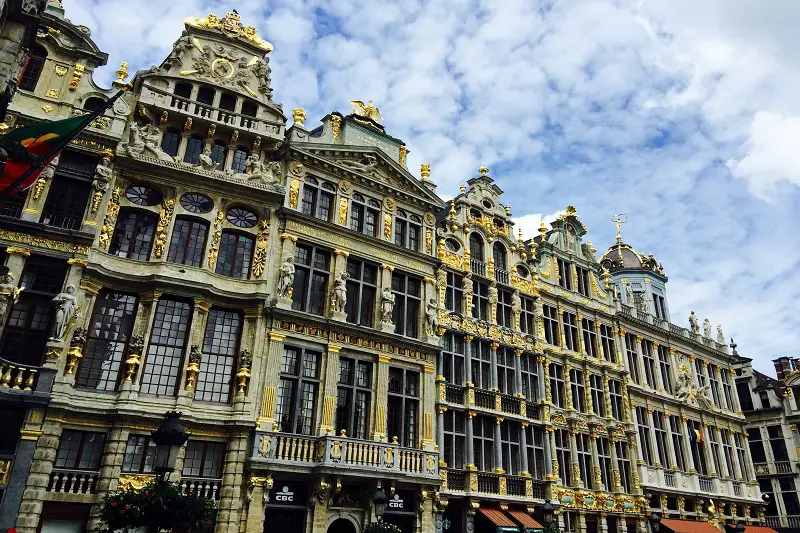
Grand Place (Grote Markt)
Right in the heart of Brussels Old Town, the city’s main plaza (known as Grand Place) is one of the best preserved in Europe. Much of the square’s elegant character is due to the unique architecture of its elegant Gildehuizen (guild houses) with their magnificent gables, pilasters, and balustrades, ornately carved stonework, and rich gold decoration. Most were built between 1696 and 1700 in the Baroque style but with some Flemish influences. The history of the Grand Place dates back much earlier though. It was first established in the 11th century and evolved soon after, to become the political and economic center for the city.
The most recognizable building on the square is the Hôtel de Ville (Town Hall), built in 1402 with the intention of upstaging the Stadhuis in the rival city of Bruges. Inside are several magnificent rooms. Among the most impressive are the Maximilian Chamber, hung with Brussels tapestries; the large Council Chamber with a superb ceiling by Victor Janssens and tapestries to his designs; the great banqueting hall and the Marriage Chamber, both beautifully paneled; and the Escalier d’Honneur, with murals illustrating the history of Brussels.
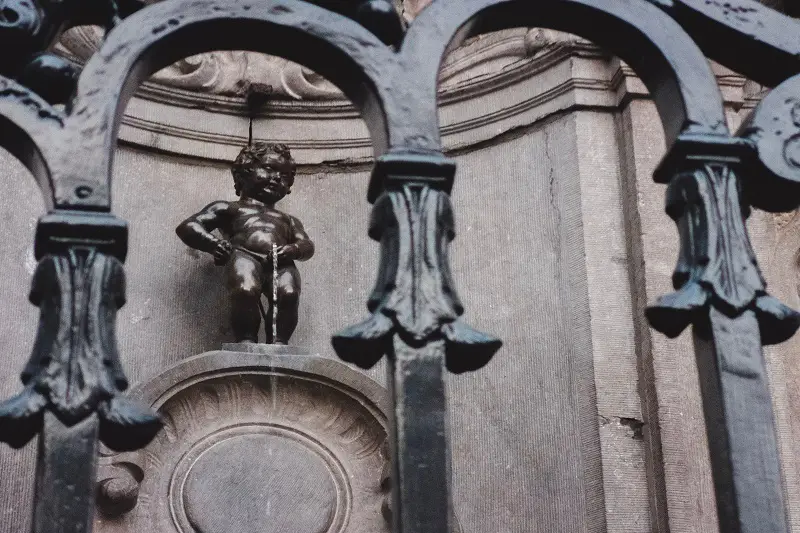
Mannekin Pis
Along the Rue de l’Etuve is Brussels’ best-known landmark, the Manneken Pis, usually besieged by a throng of tourists. Although he can be traced back to at least 1388, nothing much is known about the origin of the figure of a little boy urinating, popularly referred to as “the oldest citizen of Brussels.” The Manneken is, however, surrounded by various legends. According to one, the fountain is a memorial to a courageous infant who averted a conflagration, according to another, it commemorates the son of a count who succumbed to a pressing urge while taking part in a procession. The present statue was made in 1619 by Jérôme Duquesnoy the Elder and has been stolen on several occasions though always recovered. During major celebrations, events, and festivals in Brussels, the statue is famed for being dressed in costume.
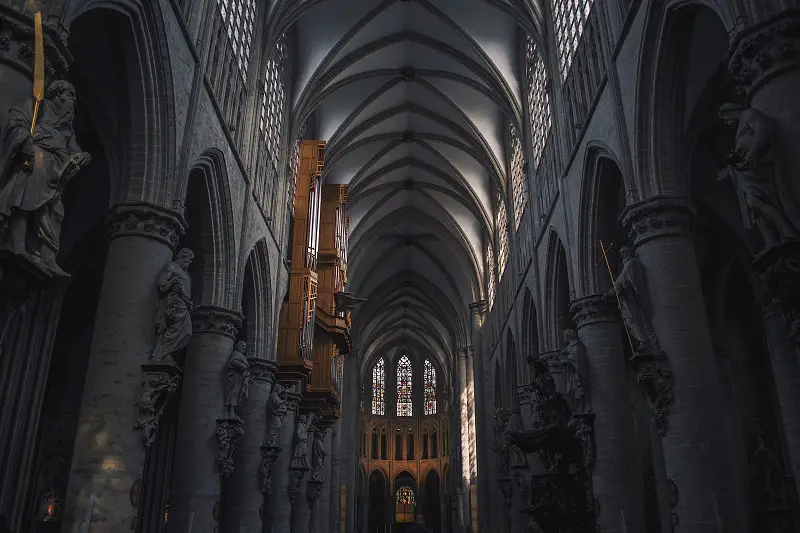
Saint-Michel Cathedral (Sint-Michiels Kathedraal)
Dedicated to St. Michael and St. Gudula (the patron saints of Brussels) this Gothic church was first founded in 1225 but only completed in the 15th century. The facade is impressive, rising majestically above a broad flight of steps and crowned with twin 69-meter-high towers designed by Jan van Ruysbroeck. The beautifully proportioned interior (108 meters by 50 meters) is lavishly furnished and is home to some outstanding stained glass windows created by Bernard van Orley. Head to the transepts to see the finest examples depicting Charles V and Isabella of Portugal (south transept) and the Hungarian royal pair Louis II and Mary (north transept), and then into the Chapel of the Holy Sacrament, to the left of the choir, where the window illustrates the story of the Miracle of the Host.
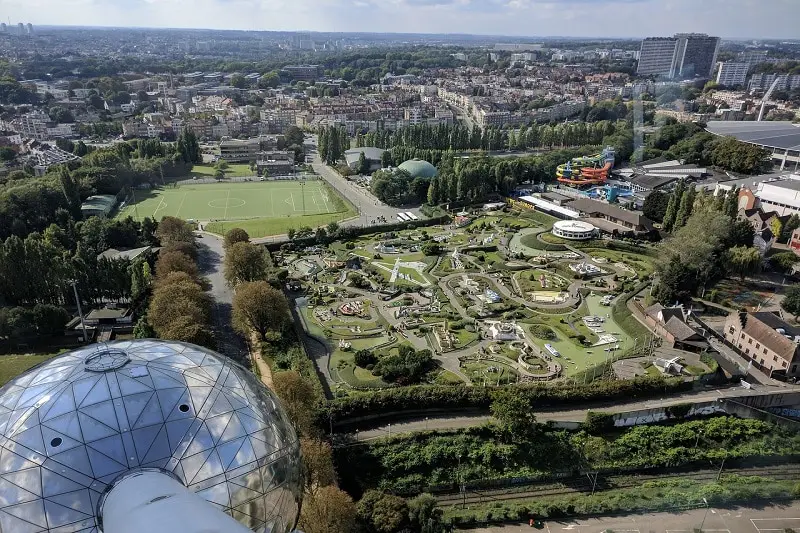
Mini-Europe Park
Surprisingly, you’ll find the most penny-pinching way to see all of the continent’s most prized architectural achievements in the shadows of the Atomium. Suitable for both children and adults, the theme park Mini-Europe – and its adorable turtle mascot – present to you the ‘best of the best’, a pantheon of Europe’s most famous monuments, shrunken down to 1/25th of their size.
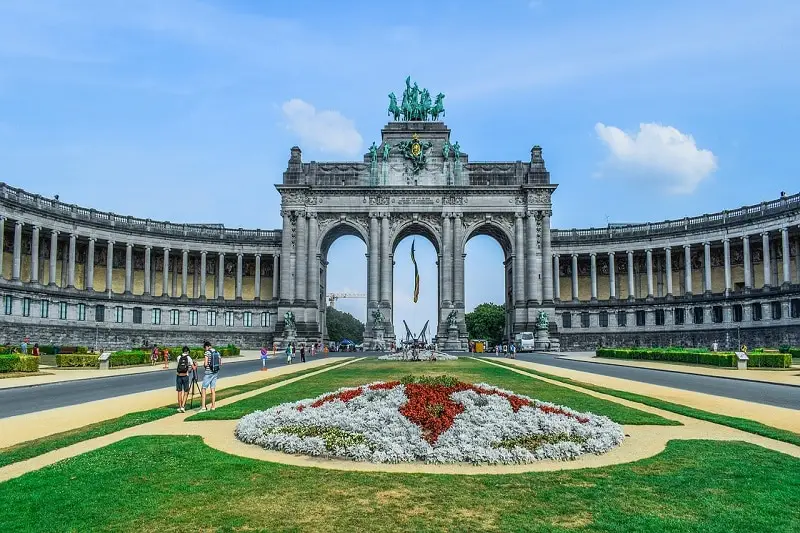
Cinquantenaire Park
The most regal-looking park in all of Brussels is again a brainchild of Leopold II. The Cinquantenaire Park’s grand triumphal arch commemorates Belgium’s 50th anniversary as a nation, and the historic goodness continues in three sprawling museums (Autoworld, the Royal Military Museum and the Cinquantenaire Museum). Sunny days see the vast lawns fill up with picnickers and frisbee players.
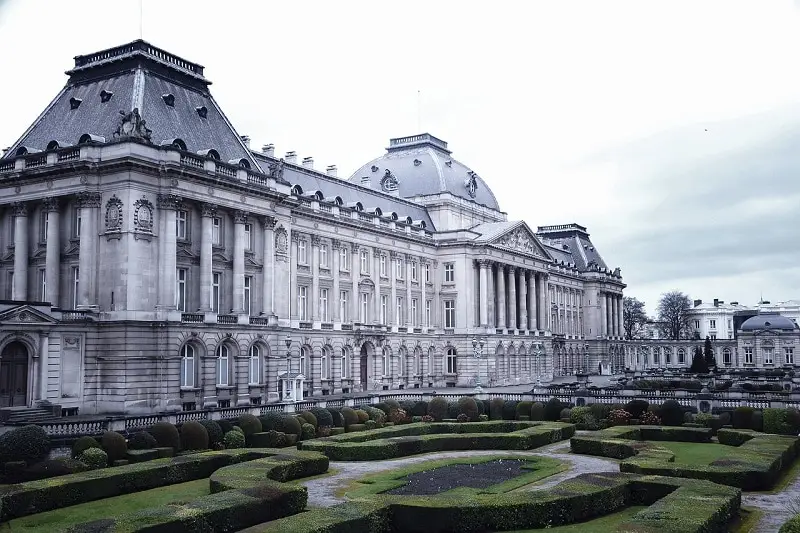
Château Royal
Although the Château Royal, home of the Belgian Royal Family, is not itself open to the public, the park surrounding it at Laeken is.
There are delightful footpaths and a number of attractions worth seeing, such as the monument to Leopold I at the center of the circular flowerbed in front of the palace.
The Japanese Tower, in the northernmost corner of the park, was originally built for the Paris Exhibition of 1900.
The hothouses, erected in Leopold II’s time, are the highlight of the gardens and are open to the public during April and May when many of the plants are in flower.
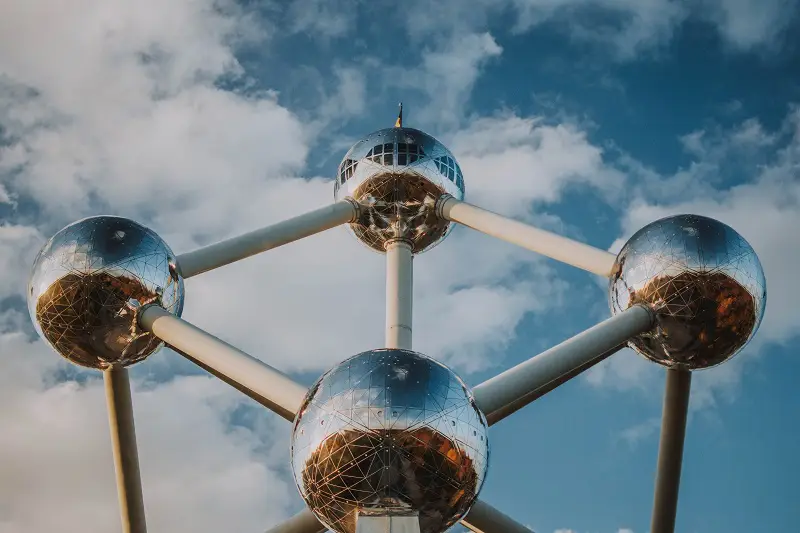
Atomium
Along with Manneken Pis, the Atomium is Brussels’ best-known landmark attraction, and although it’s a bit of a journey by tram to get out here, the bizarre 102-meter-high steel and aluminum structure, designed by the architect André Waterkeyn for the 1958 Brussels World Exhibition, is the city’s most surreal sight. The building represents a molecule of iron magnified 165 million times, and visitors may enter the interior where four of the nine spheres are now used for the presentation of a show about human life called Biogenium.
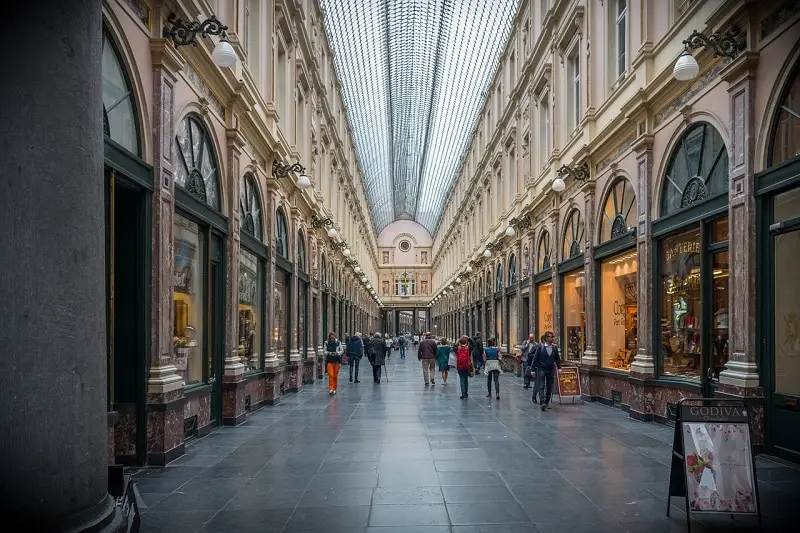
Galeries Royales Saint-Hubert
Galeries Royales Saint-Hubert is Europe’s first covered shopping arcade and if you are a shopaholic you should totally visit this great spot in Brussels. Designed by architect Jean-Pierre Cluysenaer in the years of 1846 and 1847 and since then it attracts a lot of tourists every year. You must visit all the three galleries which are called The King’s Gallery, the Queen’s Gallery and the Prince’s Gallery on your shopping spree to make the most out of it.
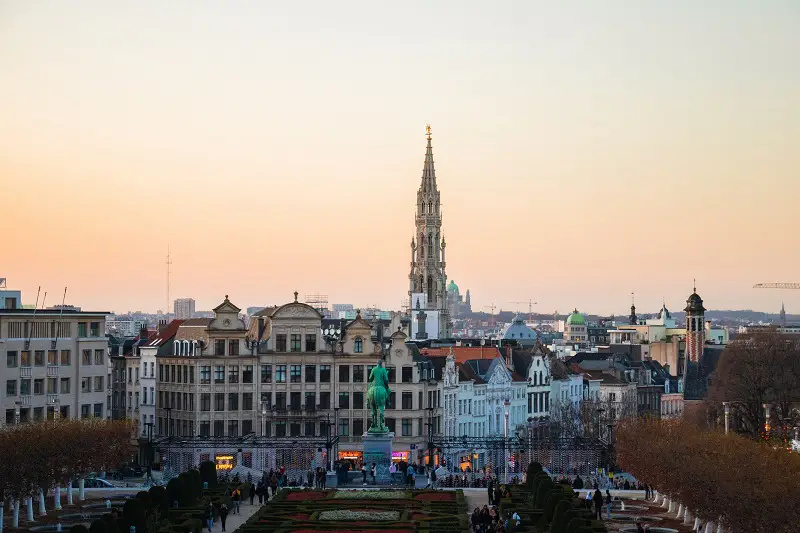
Mont des Arts
The Mont des Arts was created between 1956 and 1958, occupying the elevated site between the Place Royale and the Place de l’Albertine. The architecturally imposing complex of large buildings includes the Bibliothèque Albert I and the strikingly modern Palais de la Dynastie and Palais de Congrès. From the square between them is a fine view of the lower central city. The Bibliothèque Albert I was founded during the period of Burgundian rule and comprises more than three million volumes together with a valuable collection of manuscripts and several interesting museums.
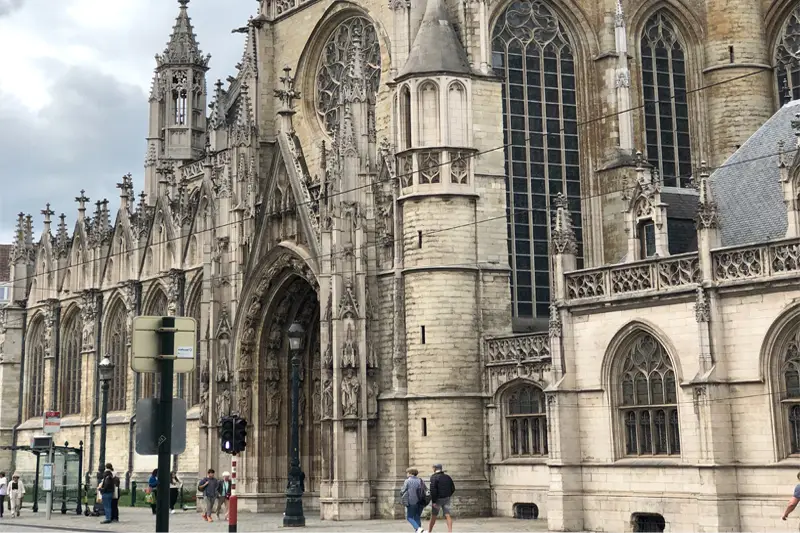
Notre-Dame du Sablon
The 15th- to 16th-century church of Notre-Dame du Sablon (Onze Lieve Vrouw op de Zavel), generally considered one of the loveliest Late Gothic churches in Belgium, was built as a replacement for a small chapel first erected on the sandy expanse of the Sablon by the Crossbowmen’s Guild in 1304. The interior of the church is breathtaking, in particular because of its marvelous stained glass. Also of interest is the burial chapel of the Thurn und Taxis family, partly the work of Luc Fayd’herbe. Kept in the sacrarium is a figure of the Virgin, a copy, so legend has it, of a Madonna brought to the chapel in 1348 by a woman from Antwerp, Baet Soetens, to whom the Virgin had appeared.